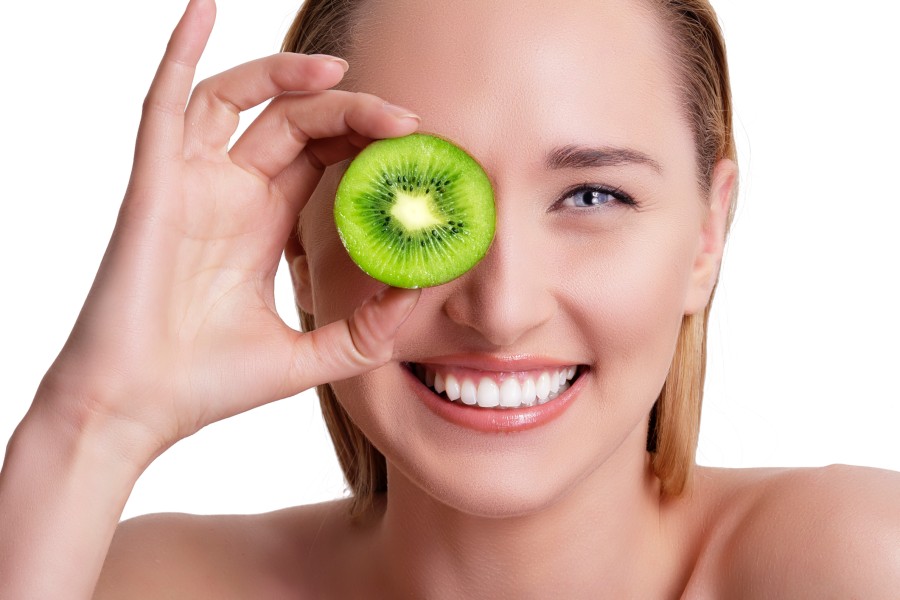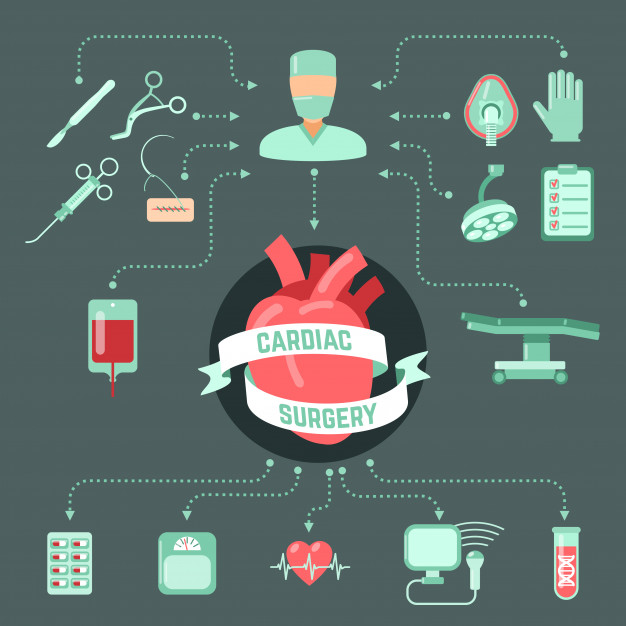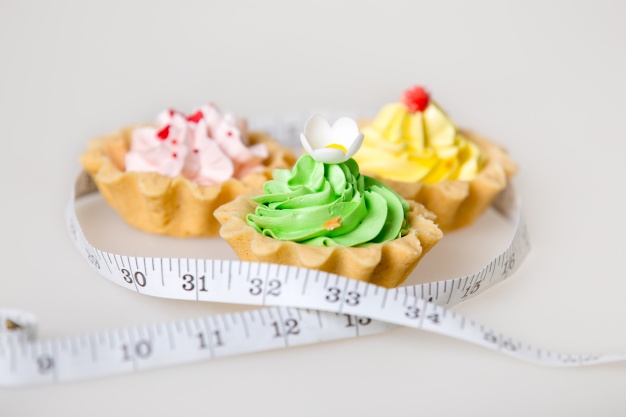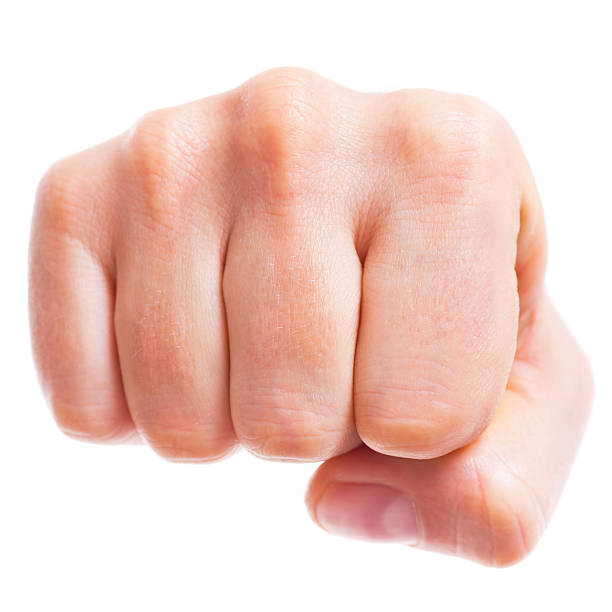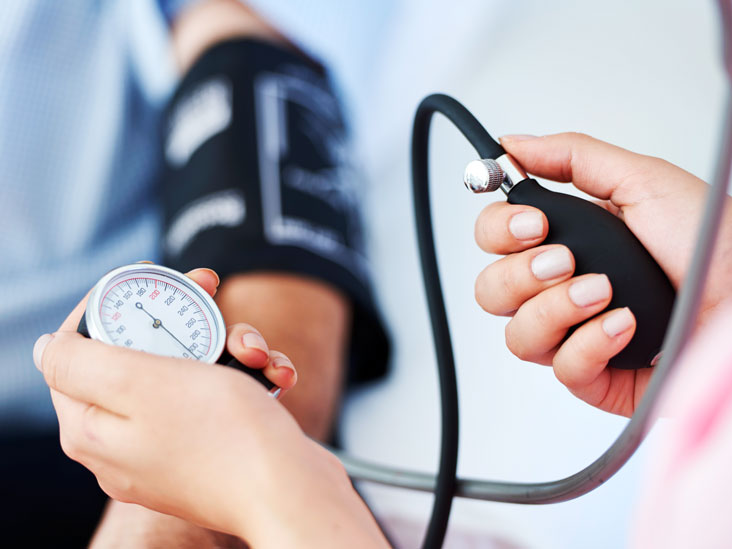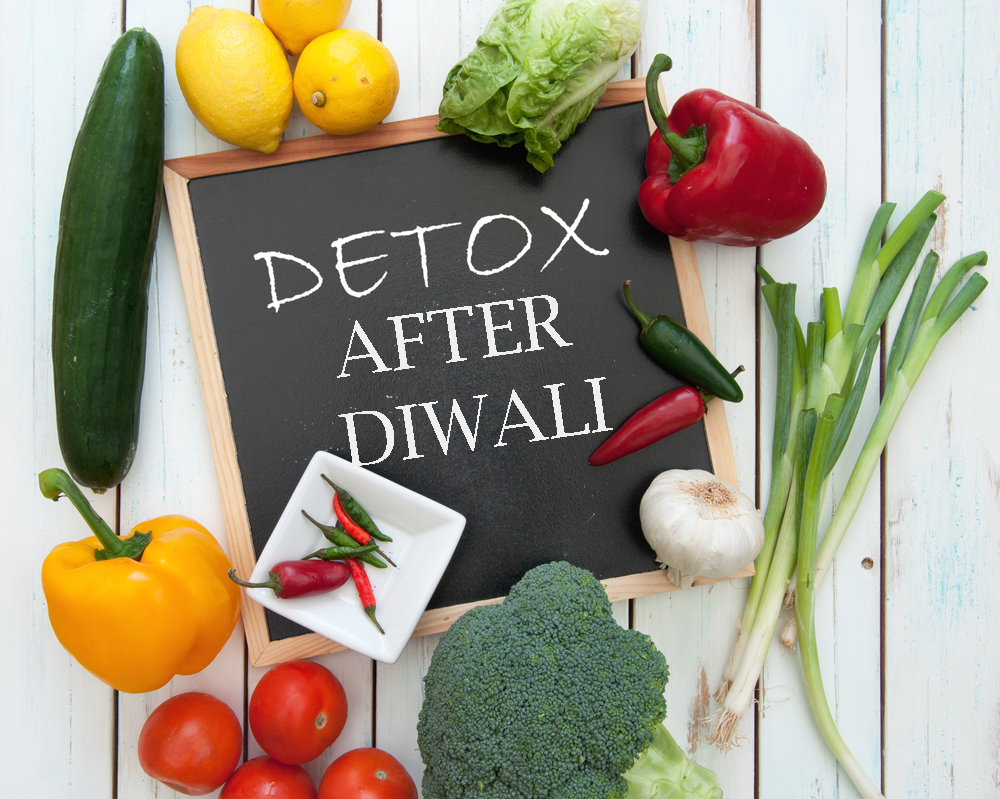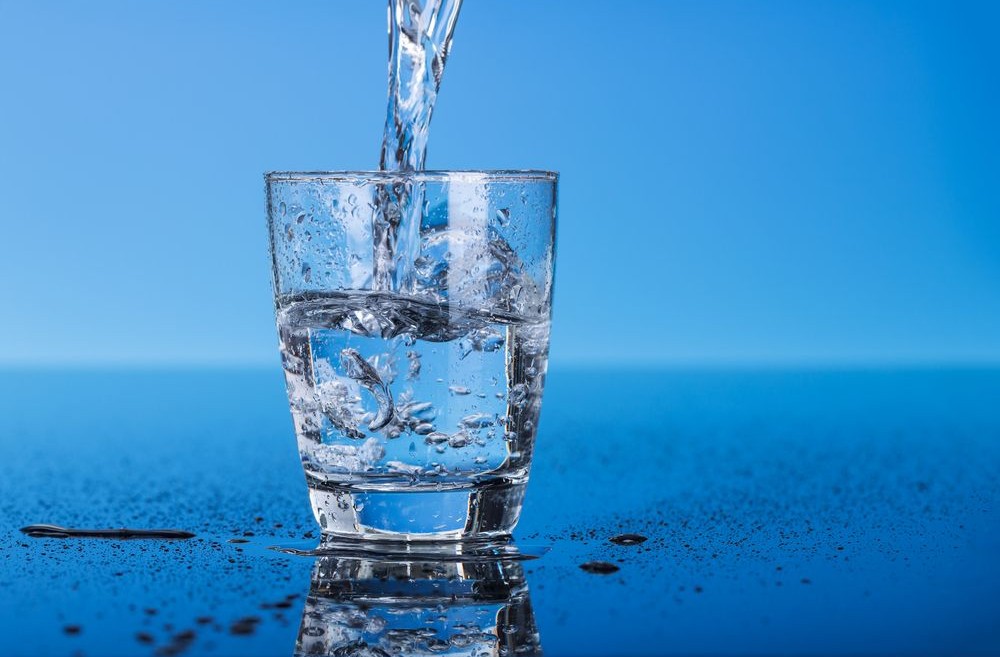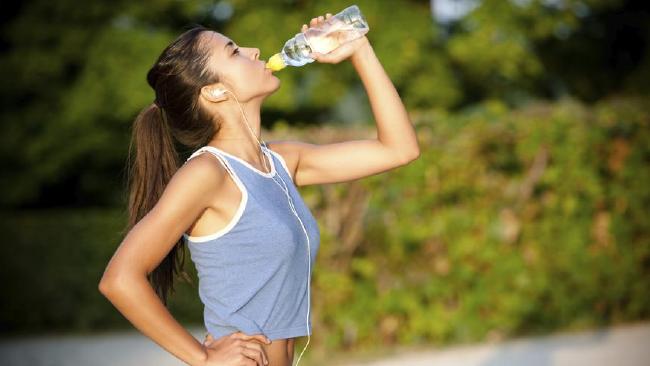Dear Pooja,
My father, 72, had an open heart surgery a few weeks ago and is better now. He did not have a heart attack, and he does not have diabetes nor high BP. What are the kinds of foods he can have now to gain back his strength? He is slim and had been otherwise fit always and is a vegetarian.Your father can most easily be the best example to what I say over and over again ‘You are what you eat’ being a wise eater thus the absence of any excess weight baggage and like you said fit always’ and therefore is metabolic disease free even now. The reason for an open-heart surgery could very well be age related plague deposition as the most noticeable characteristic of vascular ageing is the change in the mechanical and structural properties of the vascular wall. Now to help him regain his strength first focus should be on better quality proteins – being vegetarian please ensure you are giving him one-two servings of dal/pulses/sprouts daily – low fat milk and its products and if possible introduce some quinoa and soyabean weekly. Vitamins are another point to emphasis thus ensuring no micro nutrient deficiency leading to delayed healing. Two-three servings of vegetables plus an additional raw veggie juice daily (minimum three colours of vegs) along with two-three servings of fruit daily should do the trick. Ample hydration, adequate sleep and slow walks for about 15-20 minutes a day should help in better recoup and recovery. Check with your doctor or nutritionist for basic multi vitamins and some B12 as well as omega 3-6-9 supplements since he is vegetarian. Always keep the faith in the magic and the powers of healthy frequent eating and may he have a long healthy life ahead.
Dear Pooja,
I am suffering from diabetes since the last six years. I have tried various diets but none seem to work for me. Ideally, which vegetables should I eat and avoid?The best most effective way to balance blood sugar levels is to eat every two hours. At the cost of sounding repetitive (over and over again) eating two hourly is the most optimum way to provide fuel to the body. When eating small meals frequently there is never excess rise in the sugar levels that lead to the excess being stored as fat and neither are there lows or drips in the blood sugars levels that lead to binge eating large portions (especially of wrong meals) that soar the sugar to unnecessary levels. I have effectively improved the glycosylated hemoglobin (average sugar control in the body for an average of three months) of so many just by this simple formula of frequent small meals. While trying to control the sugar levels eating two hourly also helps you knock off weight, which in turn again helps in managing the diabetes better. Another ace in the management of diabetes and in general a healthy lifestyle is to clock about three to four hours of cardio a week. All vegetables are good for you Aliyas I wouldn’t worry about vegetables – even a potato upto a 100grams a day is allowed. So start small and simple- break up everything you eat into small eight to ten meals a day and get your diabetes and your health in your hands. Good luck!
Remember those `united we stand, di vided we fall’ ads that used to play on DD? Those cute little short films, about the importance of unity? The funda was simple: five fingers by themselves will not be effective unless you close your fingers and make a fist. The same principle works for your body as far as a balanced meal is concerned.
5 FINGERS OF WEIGHTLOSS
By themselves, the Five Fingers of Weight Loss -proteins, carbohydrates, fats, vitamins and minerals -have their own functions. But the various nutrients must act in unison for effective action. In other words, for long-lasting weight loss or weight management, you need to eat all five nutrients. Every day. There is no other way.
The Five Fingers of Weight Loss can further be broken down into three macronutrients (proteins, carbs, fats) and two micronutrients (vitamins, minerals); the reason it is divided this way is because it rep resents the relative importance on your plate.Don’t overload your vitamins at the cost of carbs, or cut fats and go crazy about protein.Too much emphasis as well as the absence of any one nutrient will compromise your health and result in short-term gains sending you right back where you started. Any meal plan that is skewed towards any food group, including proteins or raw veggies,w i l l give rise to a host of medical problems, and will result in a diminishing effect on your system. If you think your diet is unbalanced, it is. You cannot be short-sighted about it as the ills will eventually catch up with you.
On your plate lies the answer to many issues plaguing your life from the mental to the physical. Your plate holds not just fuel for your system, but carries all the tools you need to do more with your body and your life. Because food is not just fuel. Food is power.
Collectively, these five nutrients are your defence against disease, obesity, heart at tacks and almost anything else you need to ward off. Diabetes? Make a fist. Heart disease? Hey, you’ve got your fist. Obesi ty? Talk to the fist, baby! So many dis eases are lifestyle-related and can be eradicated -not just improved -by the rule of the fist.
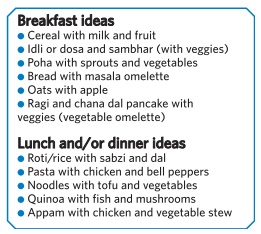
If your blood pressure consistently starts to hit the roof, check if you have hypertension. Hypertension is when an individual suffers from consistent high blood pressure; even when he’s resting. While hypertension on its own doesn’t necessarily produce symptoms, this condition could lead to a number of related health problems over time to include heart diseases and stroke. So, while you may still need to sort this condition out medically, you’d be surprised at how effectively hypertension can be dealt with nutritionally.
So many conditions -ranging from diabetes and obesity to heart diseases -can be managed and even cured by the food we eat. While a balanced diet works to ensure that your overall health is well managed, for hypertension, you have to take extra care. In other words, it’s time to get hyper about the following:
REDUCING SODIUM
Sodium, or salt, increases blood pressure. If you have been diagnosed with hypertension, cut down on your salt intake. And it’s not just the obvious addition of salt to your daily cooking.Even packaged and processed foods come with their own sodium content. Read the nutritional label to en sure that the intake is permissible.Sometimes, sodium content can mask itself in the form of com pounds like sodium benzoate (a commonly used food preservative). Check if any ingredient has the word `sodium’ before it, and avoid those. To manage hyper tension, the recommended sodium intake per day should not exceed 1,500 mg or 1.5 gm, which is about half a teaspoon. You may also need to watch out for high-sugar beverages and foods, which impact your blood pressure as well.
POTASSIUM AND MAGNESIUM
Where there is low sodium, there is also high potassium and magnesium.Potassium is actually present in tiny quantities in certain fruits and vegetables. Your body only needs these small quantities, and introducing foods with potassium will help reduce hypertension. Fruits and vegetables are excellent sources of potassium and magnesium. Bananas, muskmelon, plums and peaches are a superb source of potassium; plus, they are cheap and easy to carry around for a healthy mid-day snack. Potatoes are high in magnesium and potassium.Leafy vegetables also help manage hypertension beautifully.
WHOLE GRAINS
In addition to the above, eat more whole grains, fat-free or low-fat dairy products, poultry, beans, nuts, seeds, fish and veg etable oils. I would also recommend a glass of raw vegetable juice (juice of three or more types of vegetables) blended coarsely in a blender, not a juicer. Drink up im mediately once a day to pave the way for good health.
FRESH FOOD
Buy fresh foods, chuck canned food, eat at home rather than dining out, and you may soon reach a day when your hypertension just disappears! Cutting down on processed foods, snacks and fast food in general is essential. Watch out for canned goods and cured meats too; they could have high sodium con tent because of the way they are preserved or prepared. And word to the wise: if you are going all out on salads, try and avoid salad dressings that are high in fat and sodium.
This could be a setback for your sodium management.
Dietary approaches to manage hypertension are highly recommended because of how easily accessible these foods are. A healthy, balanced diet will also help you be in better shape.
Weight gain is a little like that small pile of unattended laundry on your chair. Left alone, it’ll just stay there and pile up day after day. If you think you’ve gained weight during Diwali, don’t panic. But deal with it before the fat starts to accumulate.
DON’T STARVE…
That’s the fundamental lesson you need to remember. Don’t deprive your body of nutrition by starving yourself with drastic diets. Instead of losing fat, starvation ensures your body loses muscle. Muscle loss leads to more fat storage, which is why you always gain the weight you lose right after a crash diet. Food is the only thing that fuels your body and is your friend not your enemy.
…EAT SMART
Eat simple and smart during your detox phase. Shore up on simple proteins like sprouts and egg whites.Have 4-5 servings of fruit per day (100 gm of fruit per time), and eat and drink your veggies prepared without much oil, or as juice. But whatever you do, don’t forget to break up your meals into smaller ones. Eat every two hours. Like walking or running, digestion also burns calories and eating smaller meals frequently means that your body keeps burning, burning, burning.
…BUT DON’T LOSE THE OIL
Don’t cut oil out entirely because you’d be depriving your body of essential fatty acids. The lack of fatty acids dries up your skin, apart from other adverse effects. In this detox phase, include one teaspoon of oil in your cooking through the day.
STEP UP THE EXERCISE
Get to know your treadmill a little better. In addition to eating right, one hour of explosive exercise is what you need. You can walk, run, cycle, go on the elliptical but whatever you do, don’t forget cardio during this phase. Sweat it off.
SLEEP
Catch up on your sleep. Your body needs food, water and sleep for effective functioning. And fat burning and metabolising food is a part of its functioning. Studies have shown the strong link between weight gain and sleep deprivation. Snooze to lose.DRINK In this phase, drink about three to four litres of water. You could also mix it up by including other beneficial hydrants like coconut water, chaas and nimbu pani. Hydrate, hydrate, hydrate.
How much detox you need depends on how much you have abused your body. If you have binged for four days, detox for the same amount or a week, and so on.
But don’t overdo it, and trust your body during this process.
The body is magical. It will know what to do.
With all the parties and social obligations, your days will soon get shorter and nights, longer. In this season of bling, excesses and over stimulation, what’s the best possible way to get that healthy, cared-for glow? A small early Diwali present in the form of some invaluable, tried-and-tested health advice…
FOOD
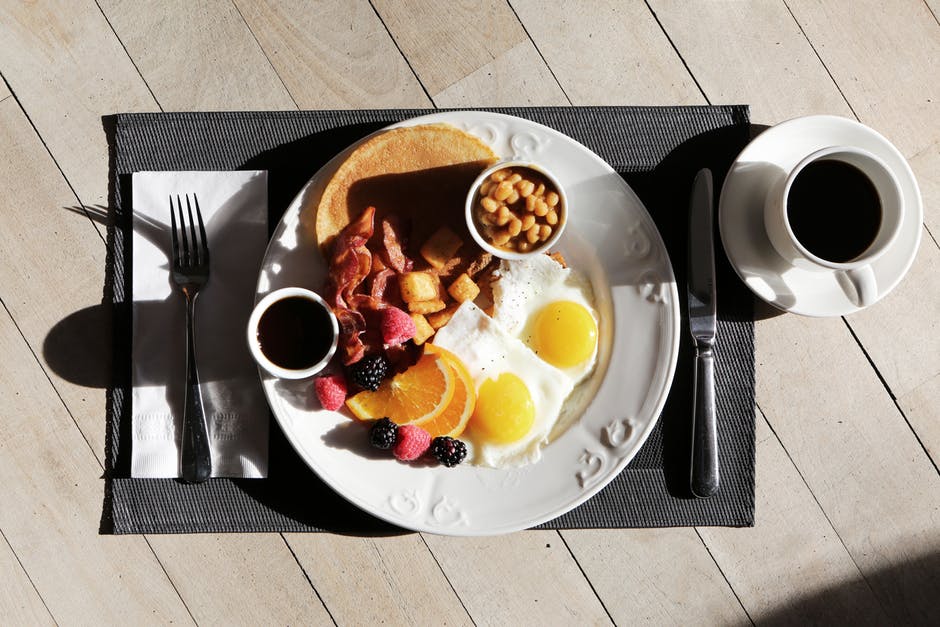
If you are not used to a healthy eating pattern, it’s hard to start strict regimens during a season littered with temptation. Having said that, you can always be one step ahead of your metabolism by breaking up the four meals a day -break fast, lunch, dinner, tea-time snack -into eight smaller meals, spread through the day. This way, you ensure that you eat every two hours. Keep in mind that just like walking, running or jumping, digestion also burns calories. Eating smaller meals pushes your body to burn more calories from the same food, giving your body a workout on the inside. Eating every two hours may also help you lose a little weight and keep your cravings under control. Also, keep your antioxidant quotient high, and focus on drinking vegetable juices, not fruit juices (high in sugar).
And, whatever you do, don’t starve your body into submission in order to knock a few kilos off. Just be smart about what and how you eat. Don’t be afraid of food. Always remember that food is your friend, not enemy.
EXERCISE
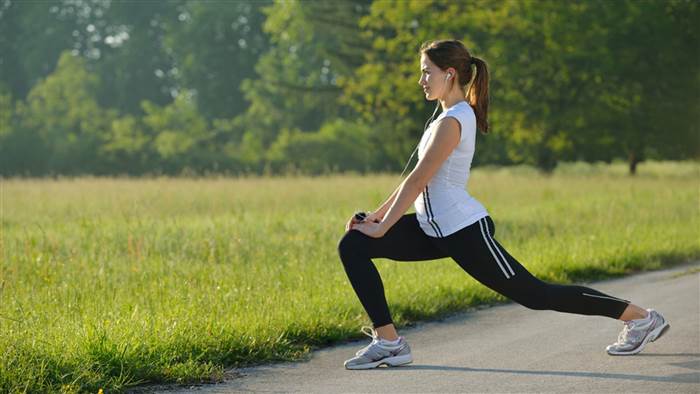
It’s never too late to start a daily 60-minute cardio session as a run-up to the season. Exercise helps to pump up your metabolic rate by almost 20-30 per cent sometimes, enabling you to digest better and burn the little and bigger treats that you allow yourself this season. Blood also rushes to your skin when you exercise, providing it with that much-needed glow. Not only do you lose weight, you also look fresh and young. You can never go wrong with exercise, no matter when you start.
SLEEP
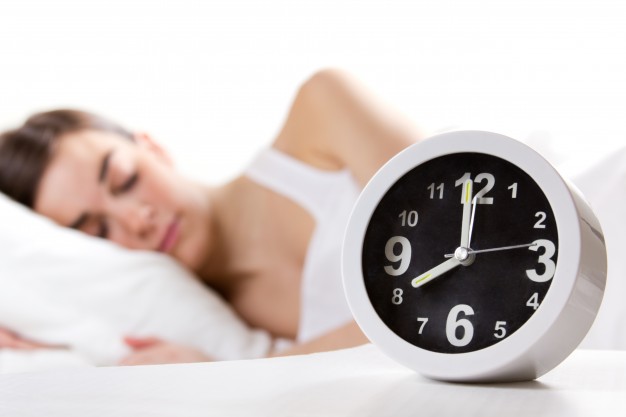
‘Tis the season to be drowsy. Diwali can bring about heavy sleep deprivation because of late nights and compulsive socialising. If you are already cheating on your sleep even before you are well into the season, catch up now to shore up for the inevitable sleep debt that will pile up. Sleep is vital for your body though its importance is quite undervalued.Your body heals and repairs itself when you sleep, and this includes your skin. There is also a strong and undeniable link between sleep and obesity. Do note that when your body reaches 24 hours of sleep debt, it tends to crash, causing conditions like flu or viral.
WATER
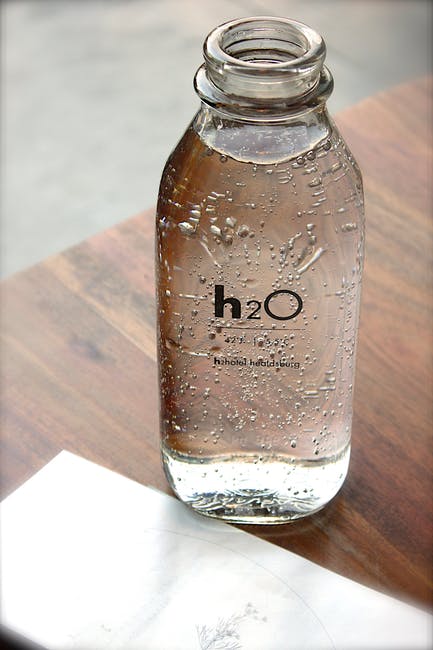
Make-up cannot hide dull, dehydrated skin. For a natural glow, don’t just drink the pink stuff in the daiquiri glasses, glug as much water as you can a minimum of two litres a day. There’s also the trend of special `detox water’ doing the rounds, claiming you can lose weight just by drinking it. My take on it is that while you may or may not lose weight on detox water, you’ll definitely be well hydrated. Since there is a link between hydration and weight loss, you may just lose weight anyway.
Your brain’s thirst and hunger centers are so close together that sometimes you eat because you are thirsty. Adequate hydration means that you won’t confuse thirst with hunger which leads to more thoughtful eating.Take care of yourself this Diwali for a great year ahead. On your marks. Get set and glow.
Ever wondered why you feel bloated and puffy, as though you have gained inches overnight? Do you find that your rings are suddenly too tight on your fingers? Or that just gently pressing your skin leaves dents? And even your shoes don’t seem to fit? These could be symptoms of oedema or water retention.
Most of us retain water, but within normal parameters. Women are more prone to water retention because it is a symptom of Premenstrual Syndrome (PMS).However, water retention could also be a symptom of kidney disease or heart, liver or thyroid malfunction. So, if you feel you have bloated too much, get yourself checked.
HOW TO DEAL WITH EXCESS WATER RETENTION

DRINK MORE TO LOSE MORE. To significantly reduce the amount of water being retained by your body drink more water. It’s a bit of a contradiction. Here’s what happens… the more water you drink, the more your body will flush out. This is one of the most effective ways to combat water retention. Ten or 12 glasses a day ought to do the trick.
EAT SMART. Diets low in sodium (avoid table salt, pickle, papad, cheese, butter or processed food), and high in potassium (bananas, peaches, plums, musk melons, raisins) help maintain correct electrolyte balance within the body, preventing puffiness. Diuretic fruits (cranberries, vitamin C-rich oranges, limes and other citrus fruits) along with diuretic vegetables (cucumber, lettuce, celery, tomatoes, cabbage, carrots and peppers) help maintain the correct osmolarity within your cells, preventing them from retaining excess water. Some studies show that vita min B6 tablets (pyridoxine) and primrose oil capsules have the same benefits.
CUT BACK TO LOSE MORE. Additionally, avoiding alcohol and caffeinated beverages, anti-in flammatory drugs and oral contraceptives also help reduce water retention in the body.
GET OUT, GET MOVING. Exercise works wonders. Also, avoid standing for long periods, don’t wear tight clothes and keep your legs raised as and when you can to avoid discomfort.
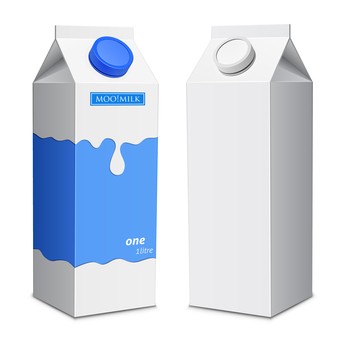
Did you know that boiling and re-boiling milk on a high flame for an extended period of time affects its nutritional content, particularly the proteins and B group (B1, B2, B12) of vitamins? These vitamins evaporate as heat increases. A lot of people are unaware of the fact that consumption of fresh milk is always advisable, and just one boil is enough to retain the nutrients of milk. A recent survey conducted by Research Pacific India reveals that 60 per cent mothers are unaware about the nutrition loss in milk due to boiling. Even after the first boil, they continue boiling it for about seven minutes. If you’re buying milk from the milkman, the ideal way to consume it is to heat it at 100 degrees Celsius for less than 8 to 10 minutes.
Another great solution is to opt for tetra paks. With rampant adulteration and microbial contamination of milk causing varied health risks, the use of aseptic packaging is a boon for the white revolution. Using either UHT (ultra high temperatures) or HTST (high temperature short time), the milk is heated on a prescribed high temperature for only a few seconds and then cooled down and immediate ly aseptically packed in tetra paks. This not only prevents entry of any microbes but also helps retain the nutritional strength of the packaged product. Once you open the tetra pak, refrigerate it and consume the milk within two to five days.Apart from being environmentally friendly, aseptic packaging increases the shelf life of the product, eases its transportation and also prevents adulteration of any sort.There are many myths surrounding tetra paks. We bust a few elementary ones:
MYTH #1
Tetra pak milk and dairy products have added preservatives: The use of high heat (75 degrees Celsius for 15-20 sec or 138 degrees Celsius for 23 seconds) helps remove all micro-organisms from the milk including bacterial spores. This process, followed by packaging, is conducted in a sterile con dition. The packing technique further helps prevent spoilage of the milk. All this together aids preservation and hence no additional preservatives are added.
MYTH #2
Tetra pak products are not nutritious: Heating on a high temperature for a very short time prevents the loss of most nutrients something that occurs in the conventional method of boiling. Many homemakers repeatedly boil milk for long durations to ensure that all microbes are de stroyed but in doing so, there is in turn a loss of all wa ter-soluble vitamins. This is the reason why aseptically packaged milk and milk products have better nutritive val ue than other forms of bottled milk.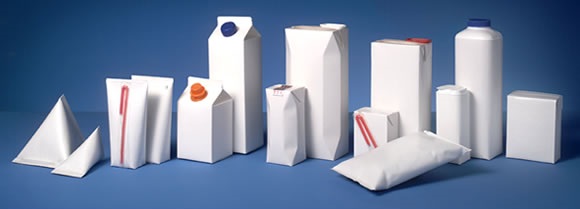
MYTH #3
Tetra pak milk needs boiling: Boiling of tetra pak milk is an unnecessary step that causes loss of many B complex vi tamins plus leads to wastage of time and resources. The aseptic packaging involves transferring the UHT treated milk into pre-sterilised packages in a sterile environment, thus there is no risk of contamination and therefore no need to boil the milk before use. You can have it directly or warm it slightly to have it as a hot beverage.
MYTH #4
Tetra pak is not suitable for children: With hygienic packaging of unparalleled quality, tetra pak milk is extremely safe for a child’s growth and development. Easy usability, convenient portability, and better nutrient strength all these factors make it a preferred choice for kids.
The Food Safety Standards Authority of India (FSSAI) has confirmed that 70 per cent of the milk available in the country is adulterated with detergent, glucose and skim milk powder. Hence, though we consume milk for its protein and calcium which may be retained post boiling too, tetra pak is an ideal option for packaged milk as it eliminates the chances of adulteration due to its absolutely hygienic process ing and packaging methods.

It’s 3 am. Sharp pains have suddenly awakened you. Last night’s memories of a fab dinner with friends now clash uncomfortably with the real time sensations of a full-fledged nuclear war in your stomach.
Indigestion is more common than you think. Symptoms include acidity, nausea, bloating, belching, burning sensations in the stomach or the upper abdomen, abdominal pain, gas and even vomiting.
Sometimes confused with heartburn, indigestion could be attributed to a number of causes from medical conditions (ulcers, irritable bowel syndrome, stomach infections and more) to medication (aspirin, painkillers, antibiotics, oral contraceptives). Lifestyle habits (eating too fast, eating in huge quantities, eating food that’s high in fat or eating under stress) are also culprits. Additionally, if you consume too much alcohol, smoke too much or are stressed or fatigued, you are more prone to indigestion than others. Here’s what you should -and shouldn’t -eat to help you ease the digestive process.
Stomach this Fibre: Foods high in fibre are wonderful for your digestive system. But there’s no need to scarf down unappetising or strange foods. You need to up your intake of wholewheat bread, brown rice, oats and beans, fruits and vegetables.
Water: Water is a key lubricant for your digestive system. It facilitates the easy movement of waste, softening your stools in the process, helping prevent constipation. It also helps your body break down the food you have eaten.
Drink 8-10 glasses a day.
Drinks: Caffeine-rich drinks such as colas, teas, coffees and other fizzy drinks worsen indigestion as they increase the level of acidity in your body. Fizzy beverages also lead to bloating. For relief, ditch the above for herbal teas, milk or just plain water.
Probiotics: Probiotics are `good’ bacteria, which are natural ly found in the gut, and have been associated with host of health benefits, including aiding digestion.
Food companies have started producing probiotic milk, drinks, dahi and even ice-creams.
NOT THIS Spices: In India, it is as hard to let go of spicy foods as it is to limit your intake of tea and coffee. Spices have been known to trigger stomach ache and heartburn, so if you find yourself in pain or discomfort regularly, try and limit your consumption of heavy, spicy meals. And if you can avoid spices completely, nothing like it!
Fat: Your body finds it harder to digest fatty food items like burgers, French fries and samosas. And this is why they cause you a great deal of discomfort. The more you cut back on difficult-to-digest fried and greasy foods, the more your stomach will thank you for it. Bumping up your intake of skimmed milk and low-fat foods will spare you both the pain and the weight gain.
While this is a general list, it’s always best to keep track of the foods that work or don’t work for you. Try and keep a diary of the food you eat for a week or two to figure out what’s behind that episode of nausea or gas. You may even realise that you are lactose intolerant, and that dairy was the culprit after all.
And lastly, please do take time out for yourself to relax your mind, and ease your stress. Indigestion is aggravated by anxiety and it’s important to free your mind to free your body.
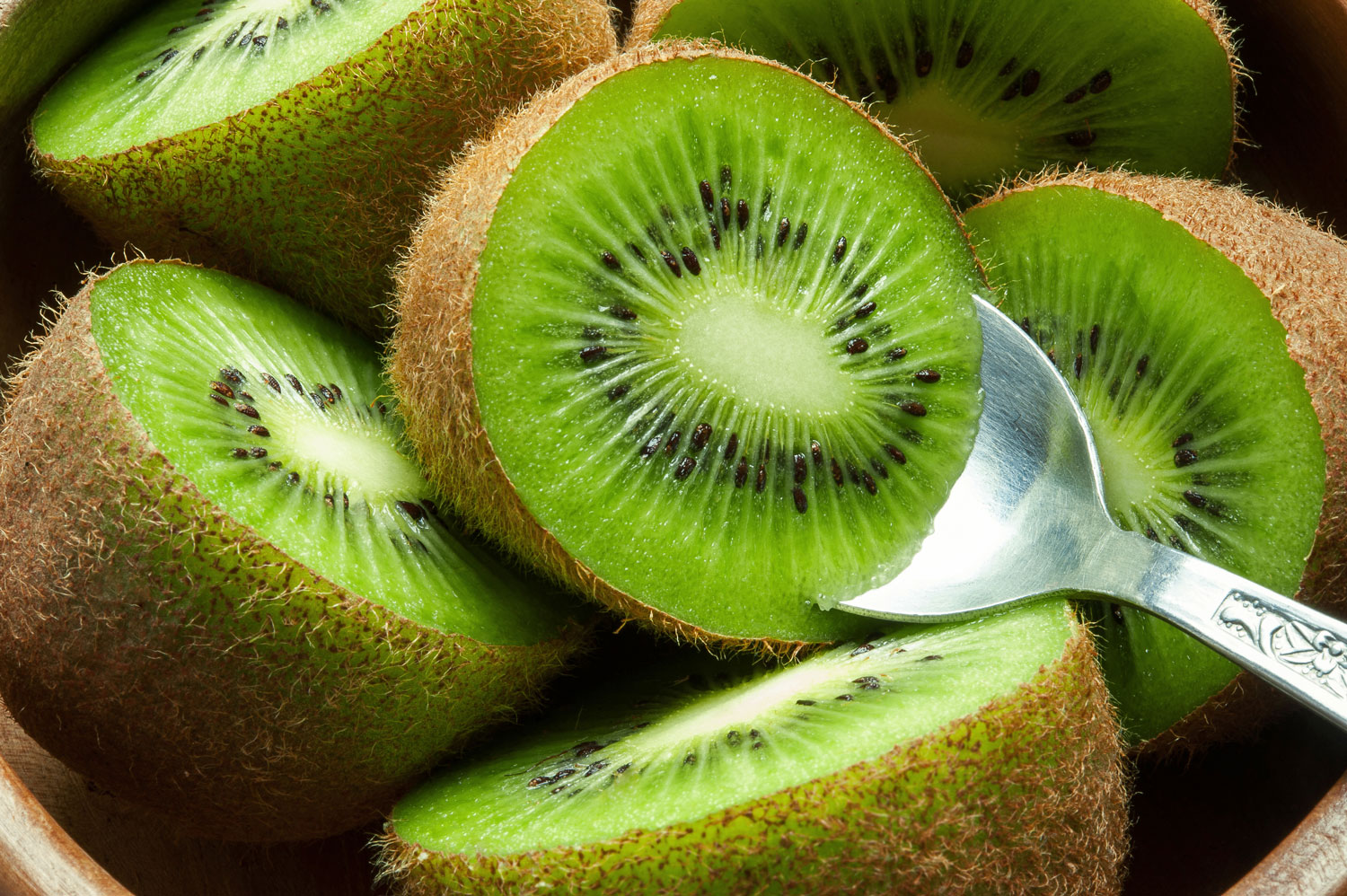
Get your new-age beauty fix with Zespri’s SunGold Kiwifruit. Ten years in the making and now in India, this fruit has abundant beauty benefits that will leave you feeling beautiful both inside and out. A delicious snack and an exotic addition to your dishes, this fruit is an integral part of a healthy diet as well as your skin care and beauty regime.
Says nutritionist Pooja Makhija, “The Zespri SunGold Kiwifruit is great for skin and hair, and infuses vigour and vitality in the day. The fruit works wonders for people of any age trying to lose weight and adapt to a fitter lifestyle. Kiwifruit has three times the vitamin C of an orange and having just one everyday can fulfill 100% of your daily vitamin C needs. So, brush away the sluggishness and add that natural flush to your face by having a kiwifruit today.“
When compared to other fruits, the cost of 1kg imported apples is `200 to 250, which makes it roughly five apples at `40 to 50 each. On the other hand, the cost of Zespri SunGold Kiwifruit is `33 to 35 per piece, making this nutritional powerhouse value for money.
A kiwi fruit has an abundance of vitamin E, which helps build collagen that improves skin elasticity and firmness. The high vitamin E content prevents inflammatory damage from sun exposure It is a natural beauty enhancer since it is packed with antioxidants, which help prevent wrinkles, fine lines and dullness. It also slows down the ageing process and is a natural fix for pigmentation Rich in vitamin C, one of the most effective nutrients to help grow and strengthen hair, the fruit also helps maintain the integrity of nails by strengthening our skin, connective tissue, bones, and blood vessel walls The Glycaemic Index (GI) is a relative ranking of carbohydrate in foods according to how they affect blood glucose levels. A SunGold Kiwifruit has one of the lowest GI levels at 38 and is low in calories, making it an ideal choice for weight loss diets and healthy living. It is available at all major retailers and online stores.